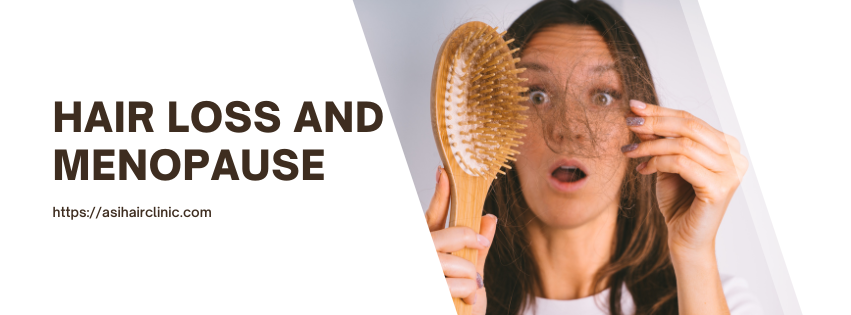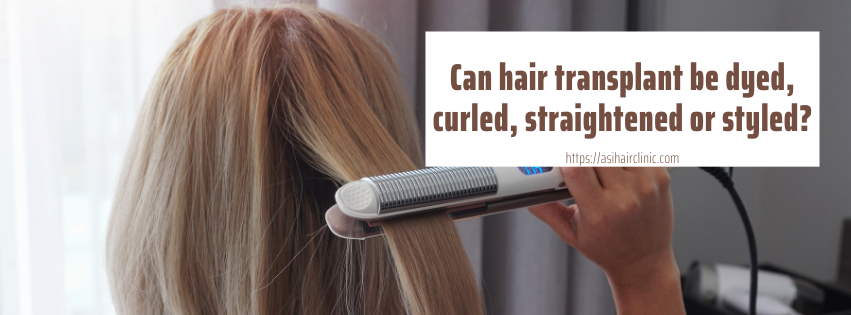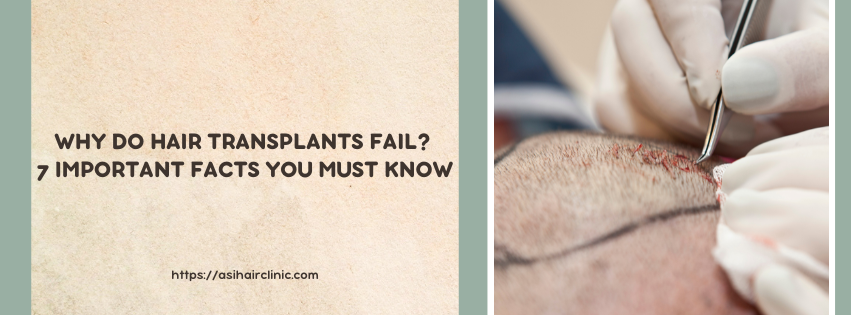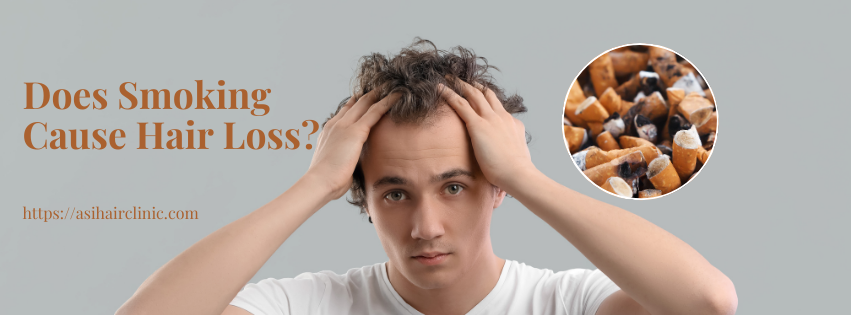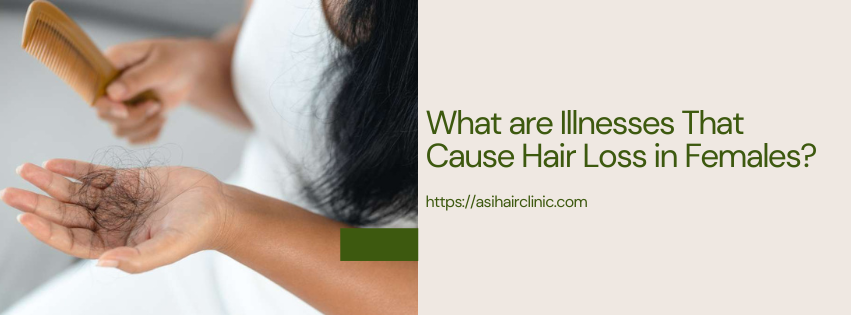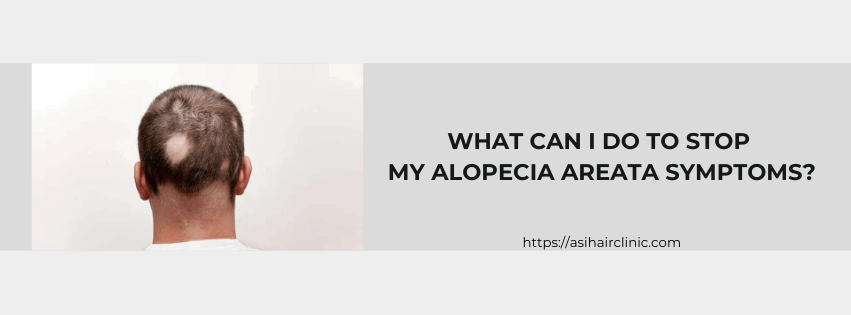9 Questions You Would Ask After A Hair Transplant
Hair transplant surgery is a transformative procedure that can significantly enhance an individual’s appearance and self-esteem. For many, it represents a new beginning, offering the chance to regain a fuller head of hair and restore confidence lost due to hair loss. However, the journey doesn’t end with the surgical procedure itself; in fact, it marks the beginning of a crucial recovery phase. Proper aftercare and follow-up are essential for achieving optimal results while minimizing potential complications. This article will guide you through the 9 essential questions you should ask your surgeon or medical team after undergoing a hair transplant.
1. Can I Scratch My Head After Hair Transplant?
Experiencing itching after a hair transplant is common during the healing process, especially in the transplanted area. However, it's vital to refrain from scratching the scalp for approximately 20 days post hair transplant. Scratching can dislodge newly transplanted hair and impede proper growth. If itching becomes unbearable, gently pressing or rubbing the area without using nails can provide relief. Itchiness typically peaks around 14 days post-transplant and gradually diminishes thereafter.
2. Is Scratching a Sign of a Failed Transplant?
Scratching hair after hair transplant is not necessarily a sign of a failed transplant. It's a natural response during the healing process, and most individuals experience some degree of itching. However, excessive scratching or persistent itching accompanied by other symptoms like redness, swelling, or discharge could indicate potential issues with the transplant. These symptoms may suggest complications such as infection or poor graft survival, which could compromise the success of the hair transplant process if left untreated. Therefore, it's essential to consult with your doctor if you experience prolonged or severe itching after a hair transplant to ensure timely diagnosis and appropriate management.
3. How To Get Rid Of Head Scratching After Hair Transplant?
Managing post-transplant itching involves gentle techniques to alleviate discomfort without disrupting the grafts. Refraining from scratching for the initial 20-day period is crucial for optimal healing. Lightly pressing or rubbing the scalp, along with following prescribed post-operative care, can help alleviate itching and promote healing. Additionally, keeping the scalp moisturized and avoiding exposure to harsh chemicals can reduce irritation.
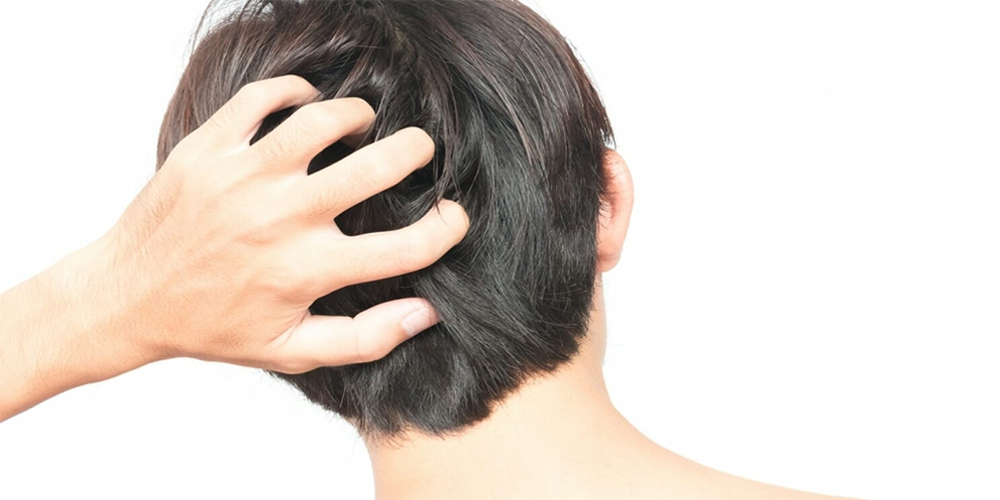
4. Is It Normal Night Time Head Scratching Increases After Hair Transplant?
Increased nighttime itching is common during the healing process, attributed to natural healing mechanisms and hair follicle regrowth. Despite discomfort, avoiding vigorous scratching is essential to prevent complications. Employing gentle techniques like light pressing or rubbing can help manage nighttime itching while facilitating proper healing. Creating a conducive sleep environment, such as using a humidifier or wearing loose-fitting headwear, can also alleviate nighttime itching.
5. When Can I Rub My Head After Hair Transplant?
After the initial 20-day period post-transplant, gently rubbing or massaging the scalp is permissible. However, it's crucial to avoid vigorous rubbing or scratching to prevent damage to newly transplanted hair. Following the doctor's instructions and gradually resuming normal activities is essential for a successful outcome. Incorporating scalp massages into your routine can promote blood circulation and aid in the healing process. Additionally, using gentle, moisturizing products specifically formulated for post-transplant care can further alleviate itching and discomfort while promoting healthy hair growth.
6. How Long To Recover From Hair Transplant?
After hair transplantation, you will be given a number of recommendations according to the density of transplantation. These recommendations are significant in terms of both achieving success in terms of hair transplant results and having the fastest recovery period.
It is possible to wash as described with the recommended shampoo after the day you are told. The healing process is approximately 10 days, but full recovery takes about 8 or 10 weeks. After the operation, it is necessary to pass 12 months or more than a year for the final results to appear in hair transplantation.
7. How To Hide A Hair Transplant?
People with these scars after surgery may experience problems while continuing their daily lives. They may want to remove the surgical scars for reasons such as not being able to cut their hair short because the scars are visibly thick. In this case, there are several methods that can be applied. One of them is the scar method. With this method, the previously formed suture scar is cut and removed. Then it is closed by sewing again with a special technique. Thus, a less obvious scar is left.
Another method is to perform a hair transplant on the area where the scar is located, using the FUE hair transplant technique. This time, the removed hair follicles can be transplanted into the existing scar, so that the scar can be closed and hidden.
8. When can I wear a hat after a hair transplant?
After FUE subgroup hair transplant treatment or hair restoration surgery, it takes approximately 7 to 10 days for the grafts to fully adhere to their new positions. Until the grafts achieve this permanence, it is necessary to avoid compressing them. Because wearing a hat can compress, displace or dislodge the grafts, which may prevent the desired results from being achieved. Once the grafts are a permanent part of your scalp, you can easily wear a hat. Once the grafts are a permanent part of your scalp, you can easily wear a hat. This period is approximately between 7 and 10 days.
9. How To Cover Head After Hair Transplant
As previously stated, it is advised to leave the head uncovered for the first two weeks following a hair transplant. This way, we can ensure healthy hair growth while avoiding any disruption to the grafts. However, there are some situations in which we advise patients to cover their heads after a hair transplant.
Here are some examples: After a hair transplant, the scalp becomes very sensitive and sore, necessitating extra care. This includes sun exposure and UV rays. You run the risk of sunburning your scalp and interfering with the healing process if you don't protect it from the sun's rays. Furthermore, being in the sun for an extended period of time causes you to sweat, which leads to infections and the accumulation of bacteria on open wounds. In this case, it is prudent to cover your head with a hat following a hair transplant. You can wear a loose hat.
Conclusion
Navigating the journey after a hair transplant requires careful consideration and open communication with your medical team. By asking the right questions and seeking guidance, you can ensure a smooth recovery and optimal results. From understanding the recovery timeline to managing side effects and preparing for long-term maintenance, being informed empowers you to take charge of your hair restoration journey. Remember, your surgeon and medical team are invaluable resources, and fostering a collaborative relationship can lead to the best possible outcome. Embrace the journey ahead, and look forward to the renewed confidence that comes with a fuller head of hair.
LATEST POSTS



